
28
May
2025
Cost Breakdown: How Much Does It Really Take to Build a Scalable Mobile App?
Introduction
You’ve conceived a revolutionary app idea. But the million-dollar question remains: “How much will it really cost to transform this into a high-performing, scalable mobile app?” With mobile app revenue set to reach $613 billion by 2027 (Statista), the stakes are high. Developing a scalable app is not simply a matter of rushing to market, rather it’s a matter of building an infrastructure that scales with your business. Compromise on scalability, and you open the door to expensive rebuilds, lost customers, and lost revenue.
Let’s consider the cautionary tale of Friendster, the social networking website that collapsed under user demand because it wasn’t scalable. Conversely, Instagram and Uber featured scalable design from the beginning and were able to scale exponentially worldwide. Let’s examine the actual cost and long-term benefit of investing in a future-proof app.
Why Scalability Matters in Mobile App Development
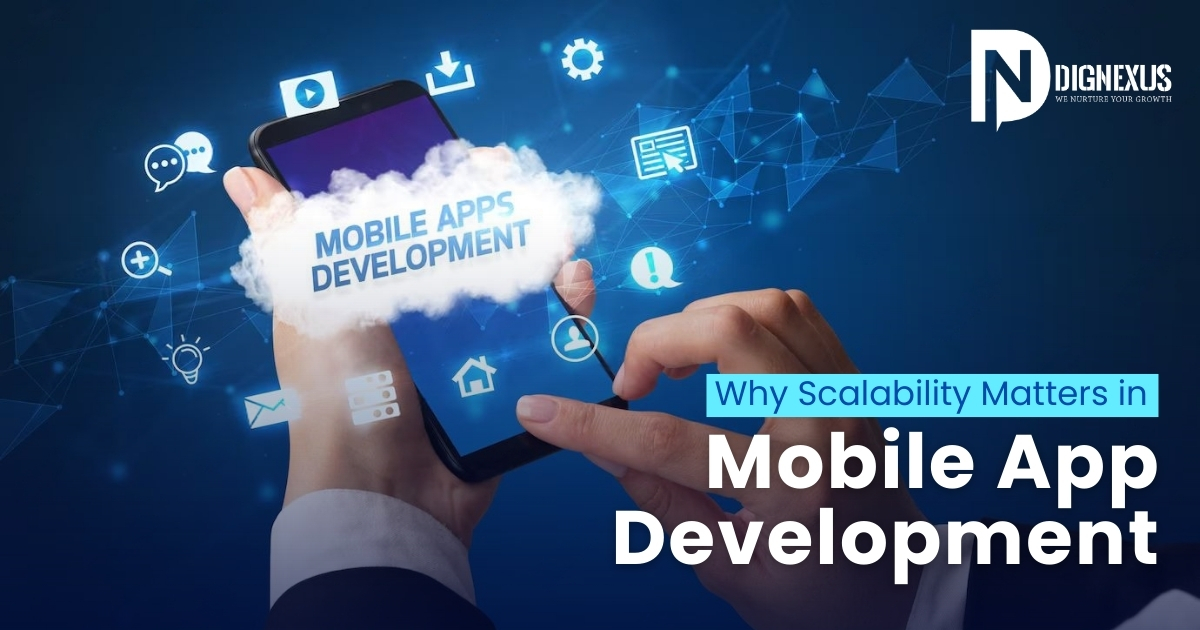
A scalable mobile application can support more and more users, information, and functions without crashing or becoming slow. For startups, it means not having to redesign your application each time you reach 10,000 users. For enterprises, it means being able to add on new tools or markets with ease.
Key benefits are:
- Future-readiness: Adjust to what’s coming next, don’t rebuild.
- User load management: Handle surges in sales volume or viral traffic.
- Cost savings: Minimize 30–50% of future development costs.
Vertical and Horizontal Scaling:
- Vertical scaling (increase in server capacity) is ideal for small applications but too costly.
- Horizontal scaling (adding servers) is more cost-effective for high-growth applications. Platforms like AWS Auto Scaling do the job automatically, reducing the risk of downtime.
Question: What is a scalable mobile application?
Answer: A scalable application is designed to handle an increasing volume of traffic, volume of data, and additional feature requests while not degrading performance further ensuring consistency of speed and reliability with the increase in the number of users.
Cost Breakdown: Determinants of Mobile App Development Cost
Here’s what determines your budget:
|
Factor |
Considerations |
|
App Type & Features |
• Basic apps (informational, basic forms): $10K – $25K • Advanced applications (payment, database, user accounts, chat): $50K – $80K or more |
|
Technology Stack |
• AI/ML: Chatbots, recommendations (+ $20K – $50K) • AR/VR: Gaming, virtual try-ons (+ $30K – $90K) • Blockchain: Secure transactions (+ $50K – $150K) |
|
Platform |
• Native iOS or Android: separate codebases, more costly • Cross-platform (React Native, Flutter): 30-40% dev cost savings |
|
UI/UX Design |
• Intuitive, user‑friendly flows reduce churn • Good UX can boost conversion by up to 400% |
|
Backend & Cloud Infrastructure |
• Hosting (AWS, Google Cloud, Firebase) • Data volume, caching, CDNs, auto-scaling tools |
|
Development Team Location |
• US/UK: High expertise, but 3–5x more expensive. • India/Philippines: Lower cost, but potential timezone/QC challenges. |
|
Security & Compliance |
• Data Encryption: SSL/TLS, end-to-end encryption. • GDPR/CCPA Compliance: Legal consultations, data audits. • HIPAA (Health Apps): Secure APIs, audit trails. |
|
On-going Maintenance |
• 15 – 20% of initial development cost per year • Fixing bugs, updating OS, implementing user suggestions |
1. Types & Features of Apps

- Simple app with static content or minimal forms: $10K–$25K
- Mid‑tier (user authentication, database, push notifications): $25K–$40K
- Advanced (live streaming, in-app chat, payment gateway): $40K–$80K
Examples:
- An e-commerce app with payment gateway and product catalog would typically cost anywhere from $20,000 to $50,000 based on complexity and security.
- A GPS real-time tracking, payment gateway, and driver/user interface on-demand for a food delivery app costs $80,000 – $100,000.
- Training machine learning models demands AI-driven applications (e.g., personalized shopping assistants) to cost $100,000+.
2. Technology Stack

Advanced features add costs but future-proof your application:
- Standard stacks: JavaScript stacks (Node.js, SQL): baseline cost.
- Emerging technologies (AI/ML, AR/VR, blockchain): add 20–50% to development time and cost due to specialist skills and R&D integration.
Why it Matters:
- An AI-powered fitness application that interprets behavior will be 40-60% higher in cost than a minimal tracker.
- AR shopping apps (e.g., IKEA Place) require 3D modeling and SDK integrations, adding 3 – 6 months to project schedules.
3. Platform (iOS, Android, or Cross‑Platform

- Native Platform: Separate the Swift/Objective‑C (iOS) and Kotlin
- Hybrid/Cross-Platform: Shared code base with React Native or Flutter.
- 30–40% less costly to develop compared to native.
- Preserves close-to-native performance and UX consistency.
4. UI/UX Design

Investment in user-centered design reaps dividends:
- Decreased churn and better retention as customers adopt frictionless flows.
- Studies have ascertained that an improved UX can increase conversion by 400%, generating revenue directly (Forrester Research).
- Prototype it, test with users, and iterate to get flows right before heavy development.
5. Backend & Cloud Infrastructure

- Hosting & Compute: EC2 in Amazon Web Services (AWS), Google Compute, Azure Virtual Machines, or serverless (Lambda in AWS).
- Databases: Hosted SQL (Amazon RDS) or NoSQL (MongoDB Atlas, Firebase).
- Scalability Tools: Auto-scaling of server groups, Kubernetes clusters, CDNs, Redis/Memcached for caching.
- DevOps & APIs: CI/CD pipelines (Jenkins, GitHub Actions), API gateways, microservices architecture.
Cost varies with volume of data, number of questions posed, and capacity for storage.
6. Development Team Location: The Geography Factor
- US/UK developers: $100–$250/hr.
- India/Philippines teams: $25–$75/hr.
- Hourly rates vary by region; offshoring can reduce labor costs by up to 70% on average.
Example: A $150K app in the USA might cost $50,000 – $80,000 in India with similar specs.
- Trade-offs: Offshore teams may require stricter project management to align with quality standards.
7. Security & Compliance: Non-Negotiable Costs

Data breaches cost businesses $4.88 million on average (IBM 2024). Critical layers include:
- Data encryption, secure authentication (OAuth2, JWT).
- Compliance with regulations (GDPR, HIPAA, SOC 2) incurs added audit, document, and special development practice costs.
Example: An application for telemedicine that stores patient information must spend $50,000+ for compliant hosting and logging under HIPAA
8. Regular Maintenance
- The yearly routine upkeep usually occupies 15-20% of the amount spent on the original development.
- It consists of OS updates, security patches, minor feature enhancements, fixing of issues, and optimization for performance.
Business Growth Calculation: ROI of a Mobile App

Building an application is an investment and not an expense. Simple math demonstrates the payoff:
- If your application acquires 500 new customers each month who spend $20 each on your application, then your revenue each month is $10,000. A $25,000 development expense is paid back in only 5 months.
Besides:
- Push notifications can drive engagement and subsequent purchases by offering timely promotions. If personalized, push notifications can boost response rates by as much as 400% (Business of Apps Research).
- Loyalty programs and in-app promotions drive repeat revenue.
- Maximize customer lifetime value (LTV) through frictionless experiences, upsells, and subscription offerings.
Within one year, an application generating $10K/month generates $120K, giving nearly 5× ROI on $25K investment, without factoring in brand equity and user information.
B2B Applications (Enterprise Orientation)
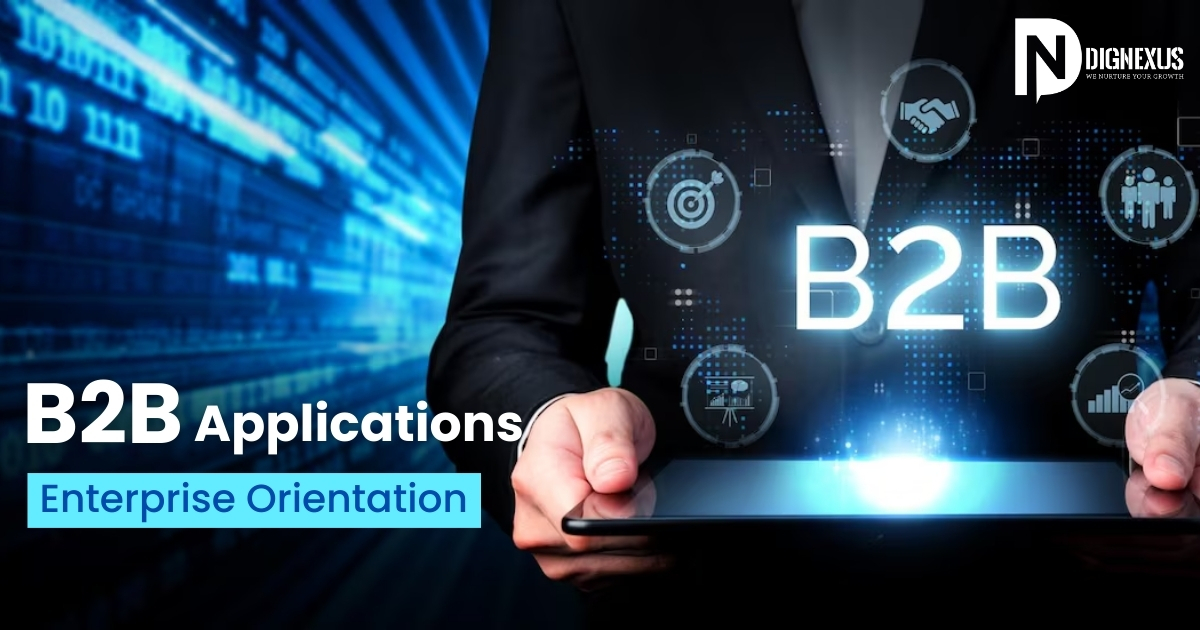
Typical Features:
- Multi-user roles (admin, employee and client): Advanced permission systems govern multiple levels of access by administrators, employees, and external clients.
- CRM/ERP integrations (SAP and Salesforce): Fully integrate with existing ERP and customer relationship management software.
- Advanced workflows (approvals chains and reports): Streamline complex business processes like multi-step approvals and big data reports.
Cost Impact:
- Backend-heavy: High level of custom logic incurs +20–40% dev time: Complex server development and extensive custom business logic contribute significantly toward development time.
- Example: The cost of a specialized field service application including functionality such as scheduling and invoicing is generally between $100,000 and $200,000.
B2C applications (Consumer Orientation)
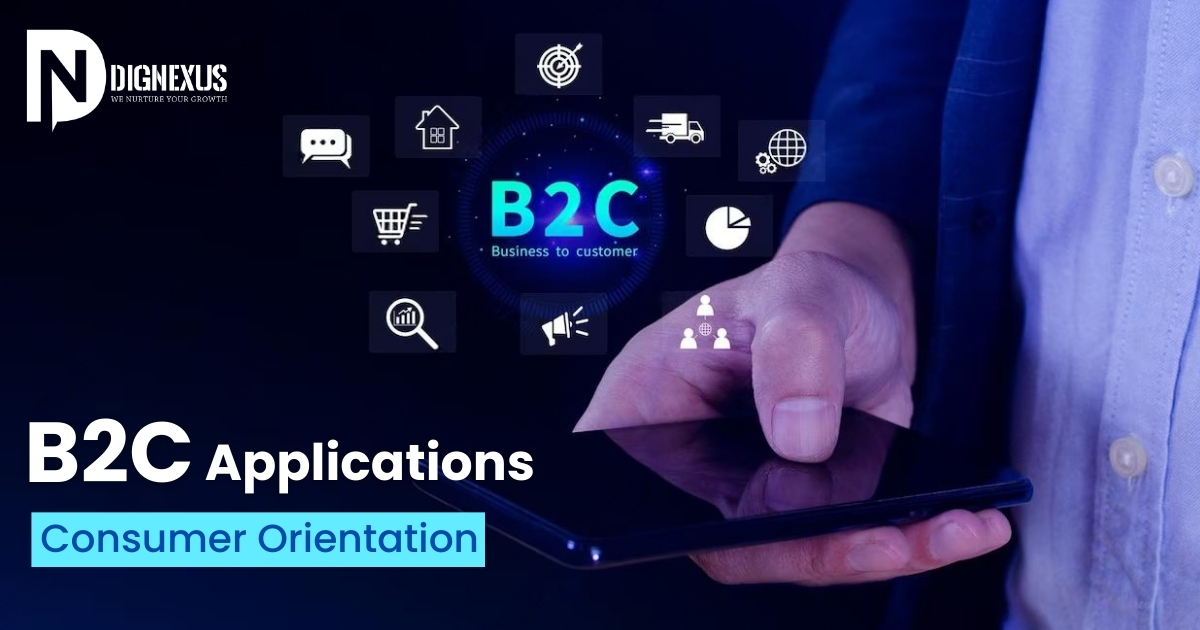
Typical Features:
- Social logins (Google and Facebook): Permit easy logins via their Google or Facebook accounts.
- In-app purchase/subscription: Provide digital sales and subscription services through the application itself.
- Gamification (badges, leaderboards): Encourage participation through achievement badges, competitive leaderboards, and interactive challenges.
Cost Impact:
- UI/UX-centric: High-fidelity designs contribute between $15,000 and $50,000: Investment on high-quality interface and user experience designs significantly increases the development costs upfront.
- Example: Development of interactive social fitness applications involving real-time challenges and wearable device integration can take between $80,000 and $200,000.
Mobile App Sales & Marketing Advantages
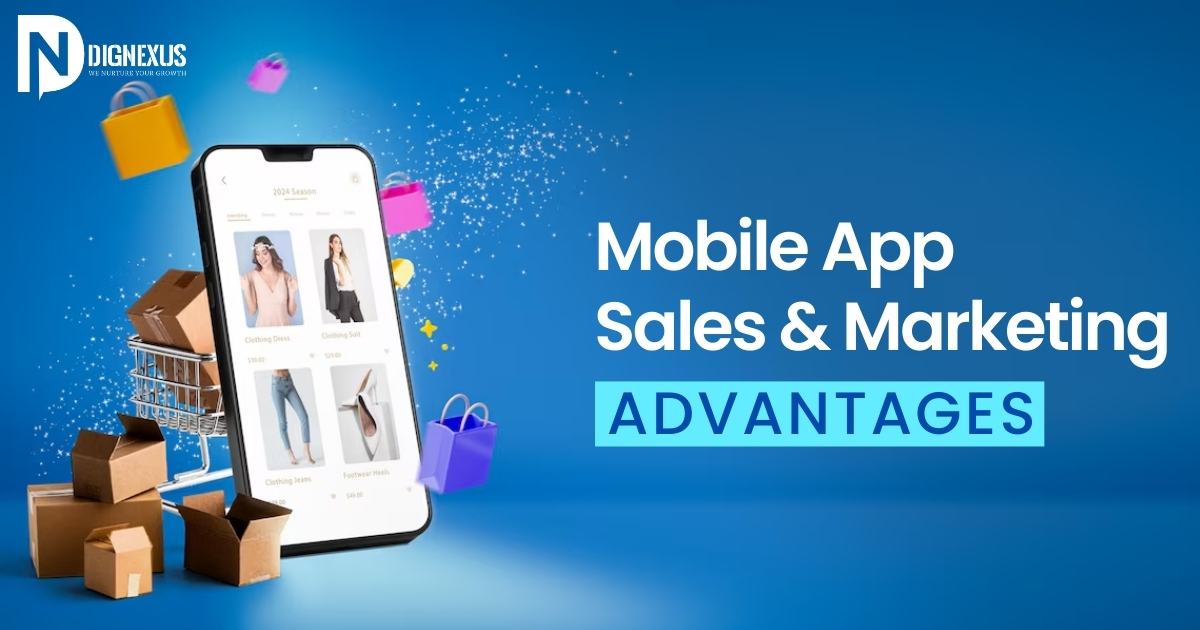
Apps also offer customers 24/7 availability and 88% of time spent on mobile is on apps (eMarketer).
- Personalized Marketing
- Geo-Targeting: Provide area-specific discounts (such as “10% off at your nearest store”).
- Behavioral Analytics: Track user behavior for audience segmentation (such as cart abandoners).
- Loyalty Programs
- 40% of the overall revenue comes from Starbucks’ mobile ordering and reward system.
- Ease of Tracking and Redemption: Enable customers to track their points or rewards easily and redeem them within the app.
- CRM Integration
- Integrate app data with platforms like Salesforce or HubSpot to automate subsequent follow-ups.
- Create More Thorough Customer Profiles: Merge in-app behavior along with your existing CRM information for an integrated 360-degree view of each customer.
Hidden Costs That You Should Never Ignore
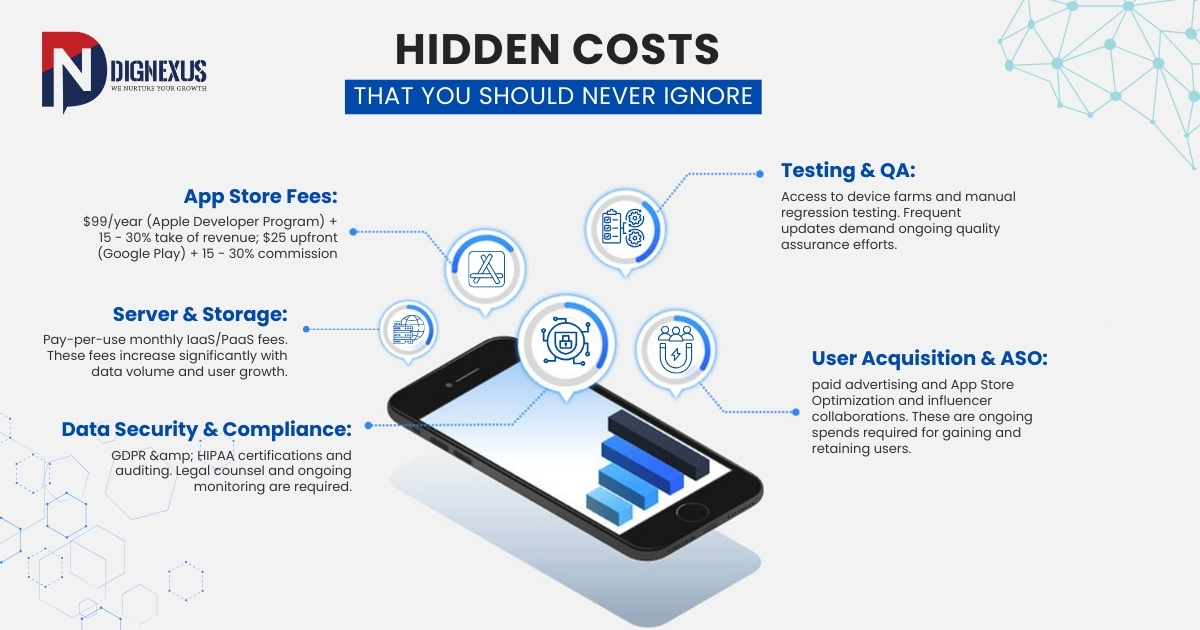
Aside from development, for:
- App Store Fees: $99/year (Apple Developer Program) + 15 – 30% take of revenue; $25 upfront (Google Play) + 15 – 30% commission.
- Server & Storage: Pay-per-use monthly IaaS/PaaS fees. These fees increase significantly with data volume and user growth.
- Data Security and Compliance: GDPR & HIPAA certifications and auditing. Legal counsel and ongoing monitoring are required.
- Testing & QA: Access to device farms and manual regression testing. Frequent updates demand ongoing quality assurance efforts.
- User Acquisition & ASO: paid advertising and App Store Optimization and influencer collaborations. These are ongoing spends required for gaining and retaining users.
Conclusion
A scalable mobile app platform is an investment which returns through heightened engagement, auto sales, and long-term growth. When you consider feature complexity, platform choice, UX strategy, cloud infrastructure, and ongoing and unforeseen expenditures, your application can be both performant and future-proof.
Want to develop a low-cost mobile app to suit your needs?
Contact us today for a free consultation and personalized quote for your business that best suits your budget and business expansion goals.
Frequently Asked Questions (FAQs)
1. Question: How Much Does It Cost to Build a Scalable Mobile App?
Answer: Development costs differ based on features, platform, design, and infrastructure from $10K for basic apps to $80K and more for complicated and highly scalable apps.
2. Question: What are the benefits of a scalable application for my company?
Answer: Scalable apps deliver consistent performance under high loads, reduce future rework costs, support feature growth, and improve the user experience as your numbers grow.
3. Question: How do mobile apps increase business revenue?
Answer: Apps make money through direct sales channels, push‑based promotions, improved retention, loyalty programs, and data‑driven personalization.
4. Question: What is the ROI of a mobile app?
Answer: A $25K application can be financed in less than 3 months if it can bring in $10K of monthly revenue. Returns usually range between 4–5 times the amount invested excluding intangible brand and data value.
